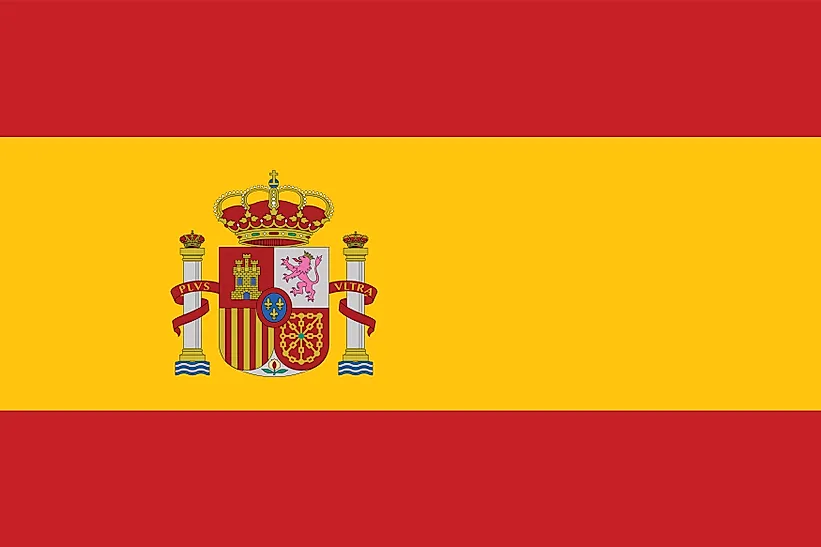
Spain
| Continent | Europe |
| Capital | Madrid |
| Population | 48,563,476 |
| GDP | $1.69 Trillion |
| GDP per Capita | $36,500 |
| Dialing Code | +34 |
| ISO Code (2-letter) | ES |
| ISO Code (3-letter) | ESP |
Spain Landscapes






About Spain
Welcome to Spain, a nation of passionate culture and diverse heritage. With approximately 47 million people across 505,990 square kilometers, Spain combines remarkable historical legacy with modern vibrancy, standing as a cultural powerhouse at the crossroads of Europe and Africa.
Geographic Features and Natural Beauty
Spain’s geography encompasses diverse landscapes from the Pyrenees mountains to Mediterranean beaches. The country features dramatic mountain ranges including the Sierra Nevada, the extensive Meseta Central plateau, and over 8,000 kilometers of coastline.
The landscape includes everything from semi-arid deserts to lush green valleys, supporting incredible biodiversity. The country’s varied terrain creates diverse ecosystems from alpine heights to coastal wetlands.
Protected areas include 15 national parks and numerous UNESCO Biosphere Reserves. The country’s commitment to conservation focuses on preserving its unique ecosystems while promoting sustainable tourism.
Cultural Heritage and Traditions
Spanish culture represents a vibrant fusion of historical influences, from Roman and Moorish to modern European. The country’s heritage includes distinctive regional identities, with 17 autonomous communities each contributing unique traditions.
Traditional arts include flamenco dance, bullfighting (though controversial), and distinctive architectural styles. Cultural practices feature festivals like La Tomatina and Running of the Bulls, alongside regional celebrations.
Spanish cuisine, recognized globally, features dishes like paella, tapas, and jamón ibérico. The tradition of sobremesa (lingering after meals) and late-night dining remains central to social life.
Historical Journey
Spain’s history spans from ancient Iberian civilizations through global empire to modern democracy. The country’s influence has shaped world history, particularly during its Golden Age.
Significant periods include Roman Hispania, Islamic Al-Andalus, the Reconquista, global empire, Civil War, and transition to democracy after 1975. The country’s path to modern democracy has become a model of peaceful transition.
Modern Economic Landscape
Today’s Spanish economy focuses on services, tourism, and manufacturing. The country is a major tourist destination and leader in renewable energy.
Recent initiatives emphasize digital transformation, sustainable development, and innovation in sectors like biotechnology. Spain’s strategic location and diverse economy support its position as a major European power.
International Relations and Global Position
Spain maintains significant influence through the European Union and cultural ties with Latin America. The country’s language and cultural heritage extend its global soft power.
Did You Know?
• Spanish is the world’s second-most spoken language by native speakers?
• The country has the second-highest number of UNESCO World Heritage Sites in the world?
• Spain produces about half of the world’s olive oil?
• The country pioneered renewable energy development, with significant wind power capacity?
Conclusion
Spain represents a unique combination of historical richness and modern dynamism. From its ancient cities to its innovative industries, from its traditional festivals to its contemporary arts scene, Spain continues to evolve while preserving its cultural heritage. As it addresses challenges including regional autonomy and economic modernization, Spain remains committed to its European future while maintaining its distinctive character as a bridge between cultures.